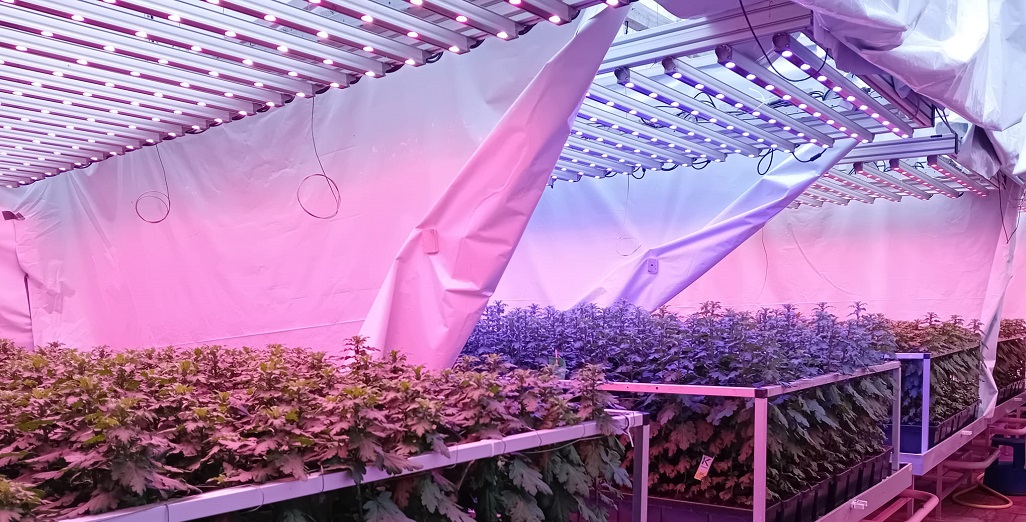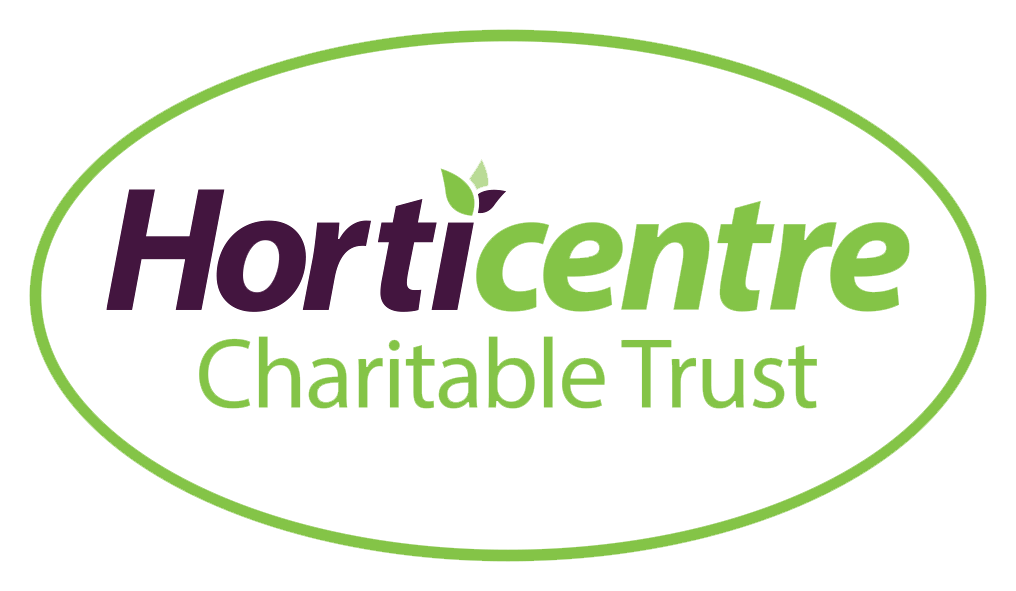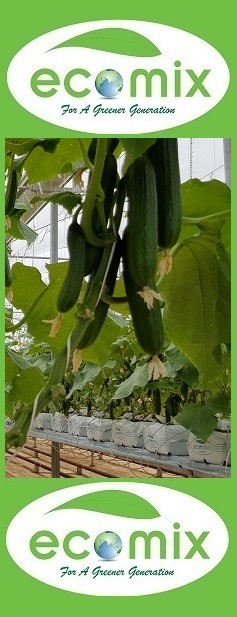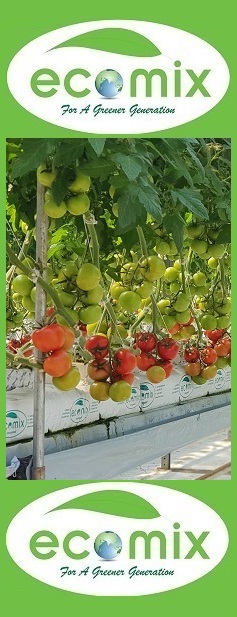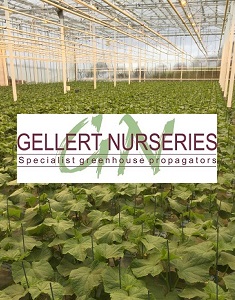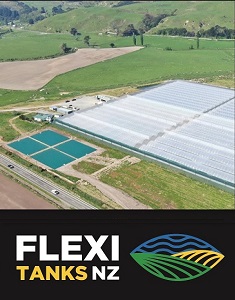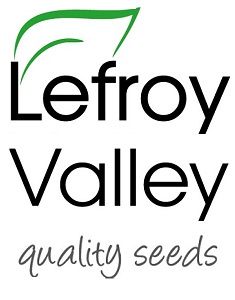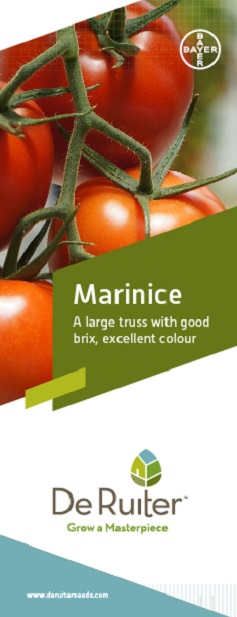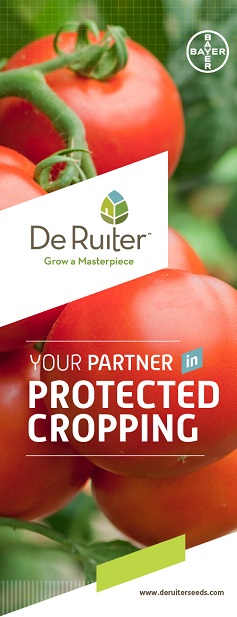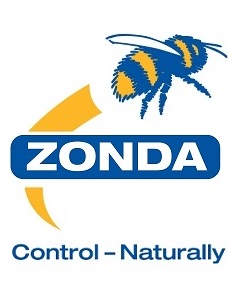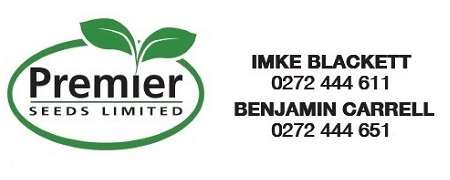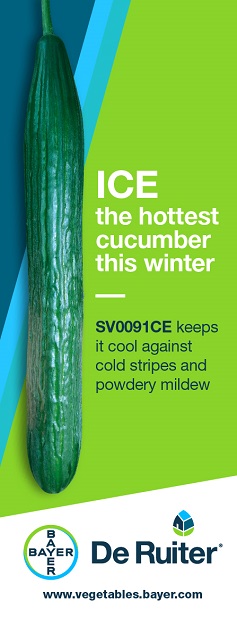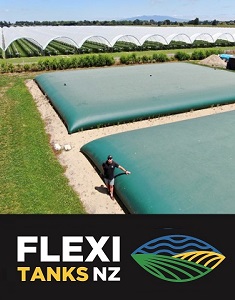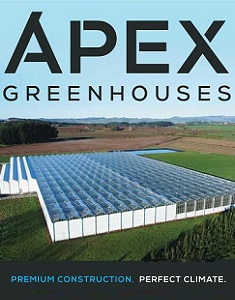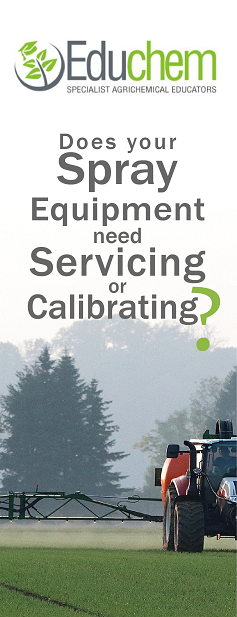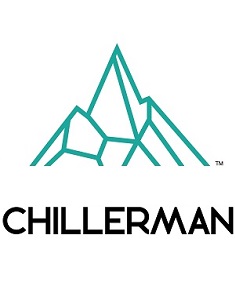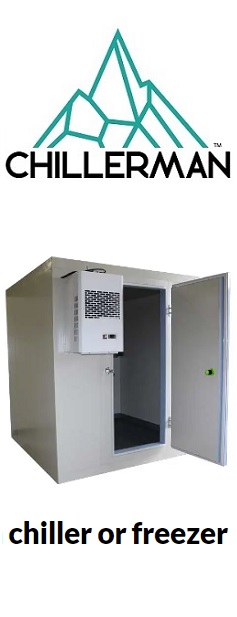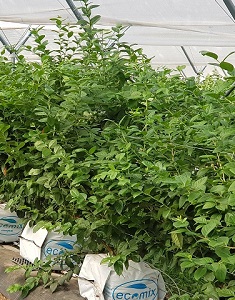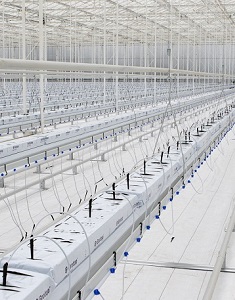Sign up here to subscribe to the Grower2grower Ezine. Every two weeks you will receive new articles, specific to the protected cropping industry, informing you of industry news and events straight to your inbox.
Jul 2021
Sufficient Heating and good weather provide a strong start
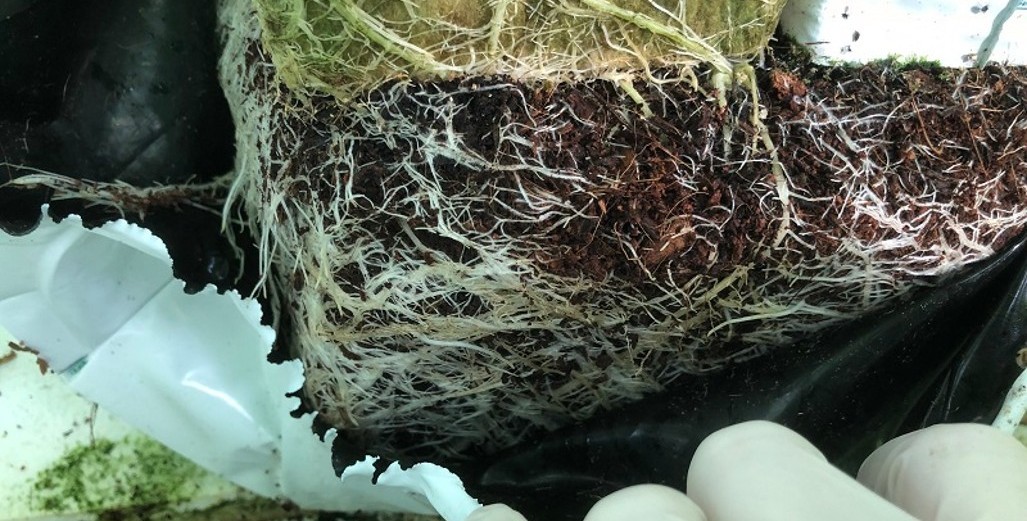
Cucumber roots simply superb
These last few weeks have been quite extraordinary. I simply cannot remember this many frosts and clear beautiful July days before. We have been very protected from the awful storms that have caused so much damage on the West Coast.
I visited a cucumber crop that was planted three weeks previous. I was immediately impressed with how strong the crop looked. The colour of the plant and flower was ideal. The leaf size and stem are well balanced. It was extremally pleasing to see such a strong start to a crop that is planned to have its first harvest at the beginning of August. Certainly, the beautiful clear winter days have been important but there are other factors.
The heating has been excellent and from this basis everything else falls into place. The root structure of the plants was so good that I decided to write this article. It is not often I see coir products with roots covering the entire bag. The crop is being grown on the same media for the second time. It was very noticeable the spread of the roots from the top down. The root distribution was well balanced over the entire bag which is simply superb after such a short time.
I checked many bags, all of which had fantastic root structure.
Coir can be, if properly sized and layered, a superb substrate for growers. What has always been inconsistent is how to use all of the volume you are supplied. Open bags or dry chips on top of the slab make it very hard to retain any moisture at the top of the substrate which generally leads to a larger cone effect. In this case there simply is no cone effect but a good spread of roots I usually associate with stone wool media.
What you have to be careful with is how you irrigate a bag with a previous crops root system and a substrate with more fines at the top of the bag compared to bags with larger chip sizes – it is actually quite easy – you irrigate less. Increase or decrease your irrigation frequency based on your EC settings or grow scales. With coir it is hard to measure internal water content so scales are a great way to make real time decisions for this product.
The crop will soon require more water based on the fruit swelling but constant and daily checking will be indicated when this is required. It is not rocket science and for smaller growers with less bells and whistles achieving the right balance is achievable. It also forces growers to be in their crops checking with both their hand-held meters but also with their eyes.
With spring on the horizon, it is very important, as it should be all of the time, to maintain good root health. Be careful not to over water yet as we still have 6 weeks of the winter left but keep it in mind to start ramping up the frequency or altering start and stop times for your irrigation when necessary.
Cover photo of impressive new root growth in the depth of winter
Article written and compiled by Stefan Vogrincic
All Article’s checked and edited by Marie Vogrincic
I appreciate your comments. Please feel free to comment on the grower2grower Facebook page:
https://www.facebook.com/StefanGrower2grower/
CLASSIFIED
Subscribe to our E-Zine
More
From This Category

Ground cover: woven weed mat or solid plastic… or both?

Integration of Philips GrowWise control system with climate computer allows Huisman Chrysanten to light more effectively and efficiently
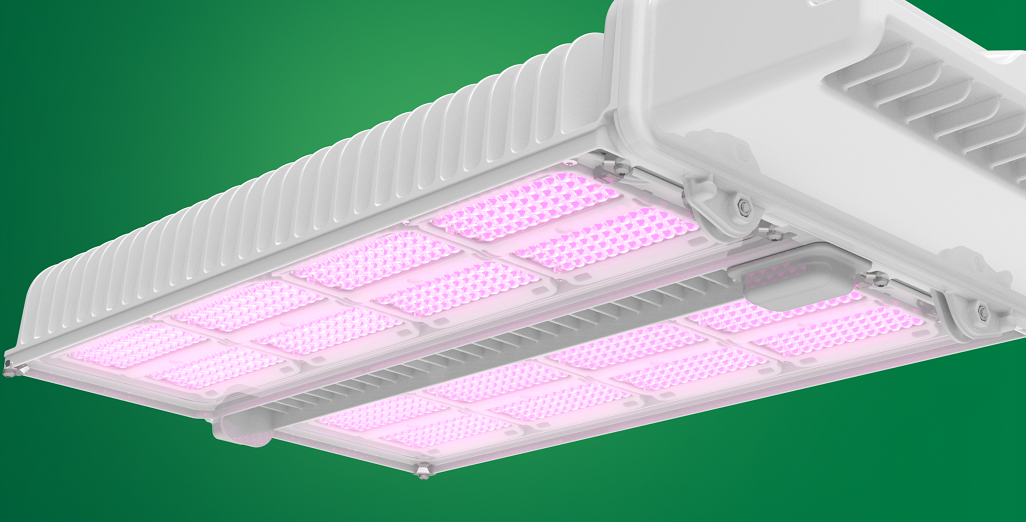
New Philips GreenPower LED toplighting force 2.0

Condensation re-visited

Philips GrowWise Research Center to test and showcase intelligent lighting
